The Pedestrian Dynamics research line studies the dynamics of crowds in complex urban scenarios as well as the propagation of infectious pathogens within a crowd. We work on the application and development of two independent mathematical models: a pedestrian dynamics tool based on the so-called Social Force Model (SFM) [1] to simulate the motion of agents in complex geometries and pathogen transfer models based on anisotropic diffusion equations to simulate the direct and indirect respiratory transmission. We use CFD tools based on OpenFOAM for the calculation of desired pedestrian trajectories of single agents in arbitrarily complex geometries, as well as meshless Smoothed Particle Hydrodynamics (SPH) concepts for the “on-the-fly” estimation of local pedestrian densities and the propagation of the viral load between agents.
Fig 1: Simulations of football fans entering the San Mamés stadium in Bilbao.
Anisotropic Social Forces models
Building upon existing versions of the SFM, we have studied the macroscopic and microscopic effects of contact and social repulsive forces, being able to reproduce two of the most critical sets of macroscopic empirical data in the field of pedestrian dynamics: the speed-density fundamental diagram (FD), and the flow-width relation in evacuations (BF) (Fig.2). We have shown the importance of considering the anisotropic pedestrian interactions to reproduce both the FD and BF test cases: pedestrians reaction to obstacles is gradually reduced along directions farther from their line of sight. Furthermore, the calibrated model reproduces correct collective patterns such as collision avoidance in a wide range of relative velocities, arch formation before bottlenecks, and lane formation in bidirectional crowd flows [1].

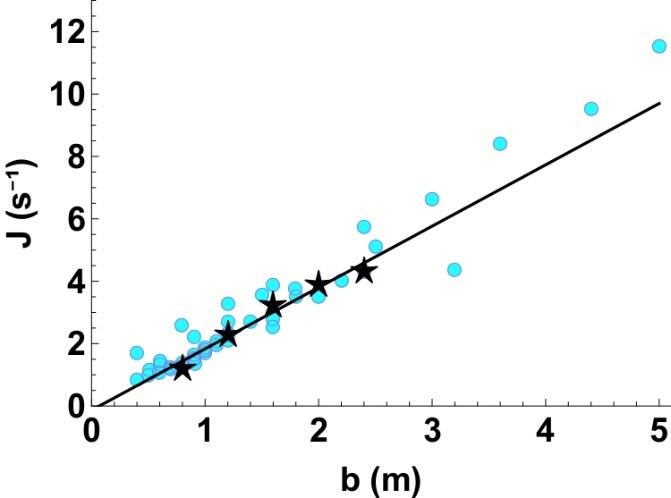
Fig. 2: Reproduction of FD (left) and BF (right) empirical data in cyan, with a single version of the Social Force Model [1].
Rheology of a crowd
More recently, we have proposed a novel approach to understand pedestrian dynamics at continuum level by taking advantage of the close analogy between pedestrian systems and (non)Brownian suspensions. We have carefully studied the Faster-Is-Slower (FIS) phenomenon, which occurs in pedestrian evacuations when individuals willing to exit faster achieve in average the opposite result, i.e. slower evacuations. As a first step, we have established a relationship between the FIS and the well-known Discontinuous Shear Thickening (DST) phenomenon in granular suspensions.
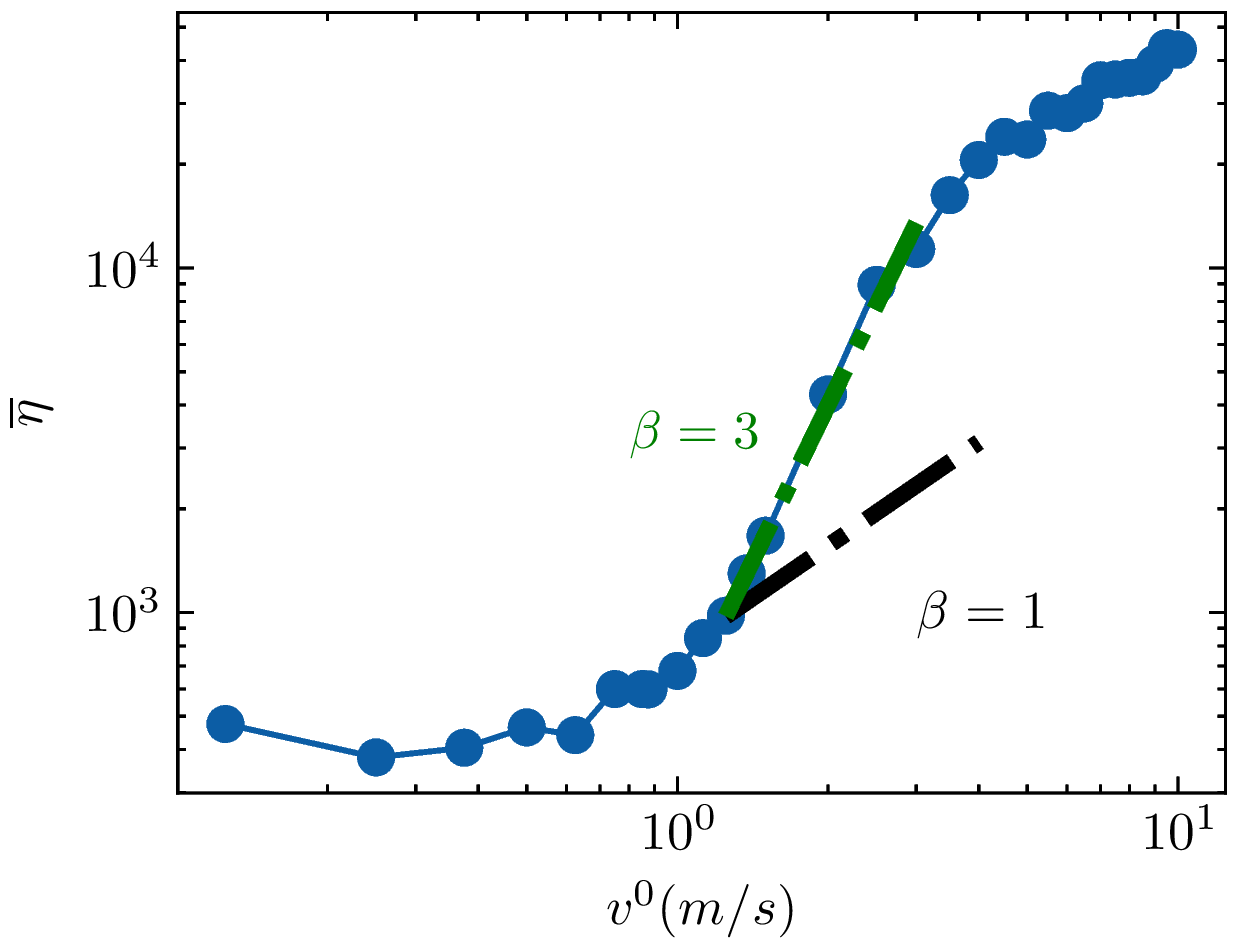
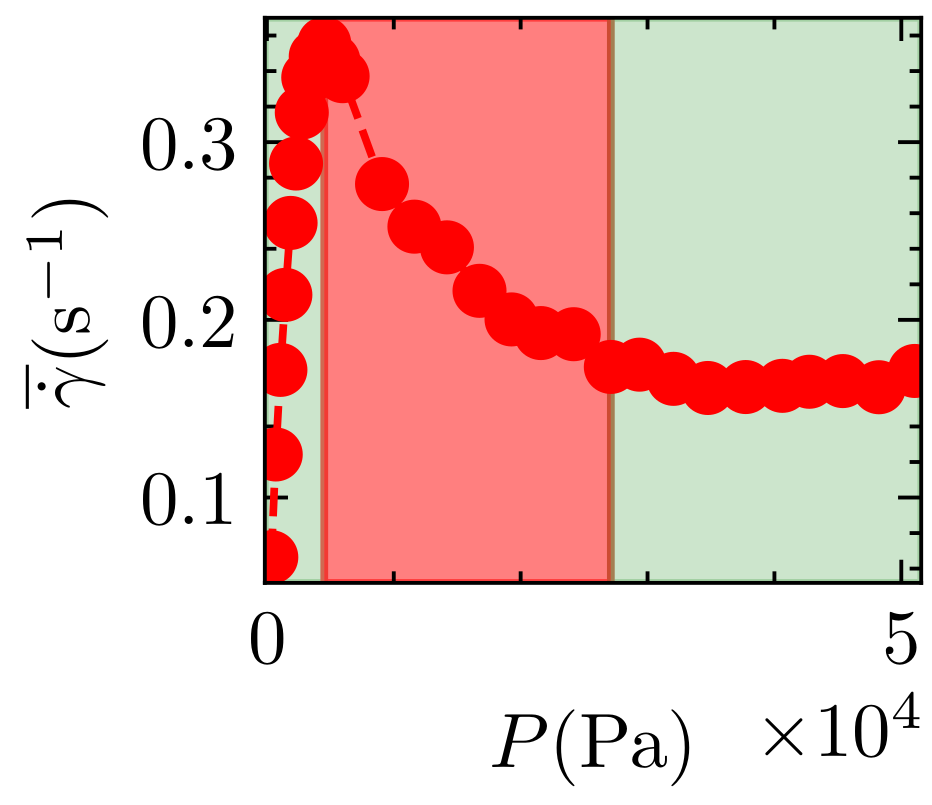
Fig. 3: Evidence of discontinuous shear-thickening (DST) rheology in crowd systems under evacuation. Left: local shear-rate against imposed crowd pressure. Right: crowd flow viscosity as a function of the competitiveness of the crowd.
By simulating a system of pedestrians existing a single-exit room, in Fig. 3 (left), it is shown how the shear rate exhibits a non-monotonic behaviour with the increase of the pressure. On Fig.3 (right) it is displayed how the effective crowd viscosity increases abruptly with an exponent close to one, that denotes DST behaviour. Both outcomes are well-known fingerprints of DST observed in (non)Brownian suspensions and therefore suggests a novel way to model dense crowd at continuum level based on microstructural models of the Wyart-Cates type [3], rather than as standard granular media (Fig. 4).

Fig. 4: Similarities between (non)Brownian suspensions and pedestrian crowds where FIS is interpreted as a frictionless-to-frictional transition mediated by a social pedestrian repulsion, in analogy with the role played by short-range repulsive forces in DST of granular suspensions [2].
Pedestrian dynamics in complex geometries
We have applied the calibrated pedestrian model to the access of football fans to a digital twin of San Mamés stadium (Fig. 1). In our novel framework, pedestrian trajectories are calculated using OpenFOAM: we define a velocity map for each possible goal of the pedestrian and integrate it into the simulation (Fig. 5)
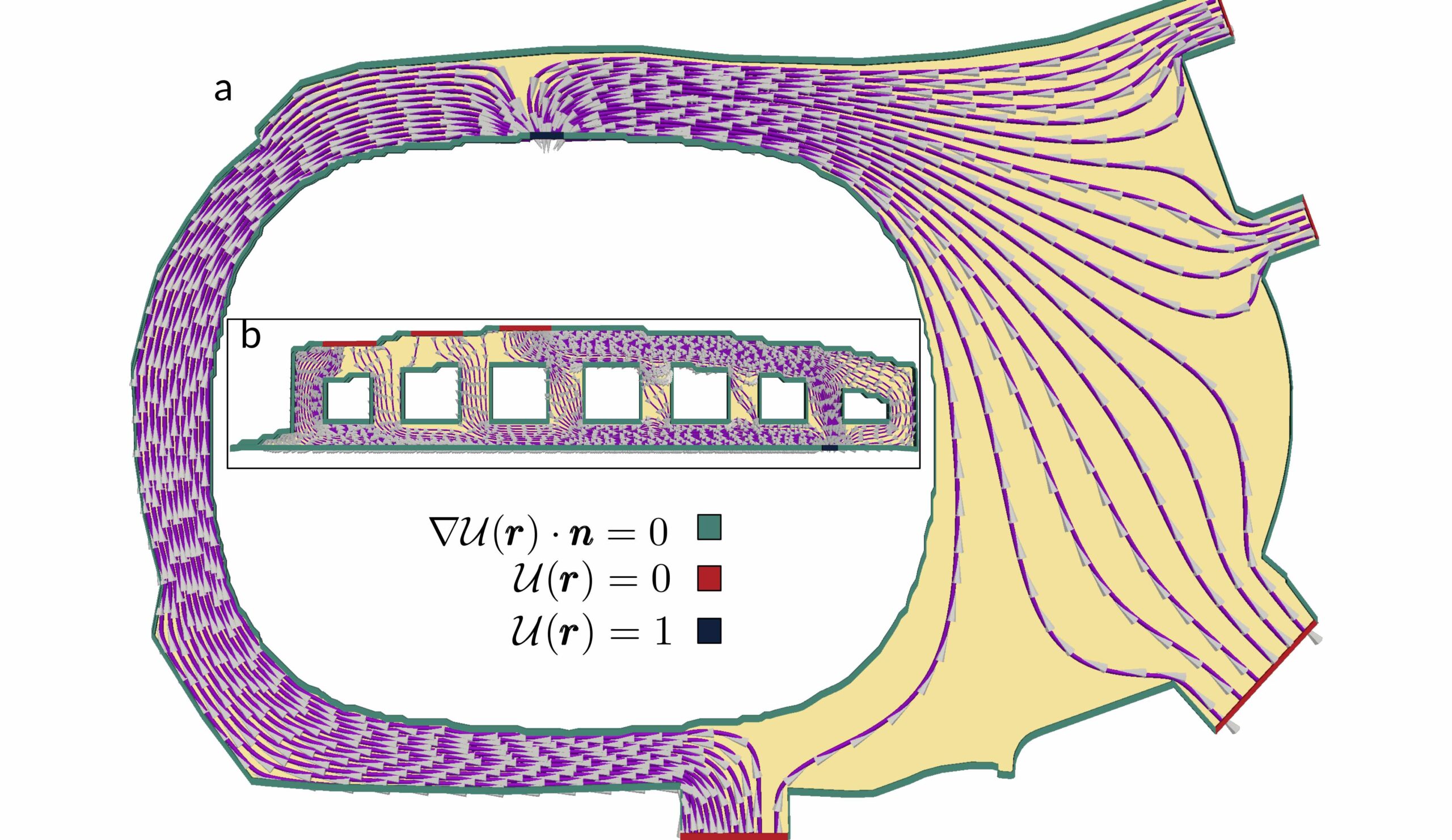
Fig. 5: Computational version of San Mamés stadium. Desired velocity field for pedestrians in the complex outdoor area of the stadium and indoor (inset) precomputed using OpenFoam CFD.
Our group has reproduced the access of football fans to the turnstiles of San Mamés stadium, comparing numerical results with actual data from 15 different matchdays provided by Athletic Club (Fig. 6, left). Then, we have assessed the high local densities that can be formed depending on the arrival rate of people and the total number of attendees (Fig. 6, right) [4].

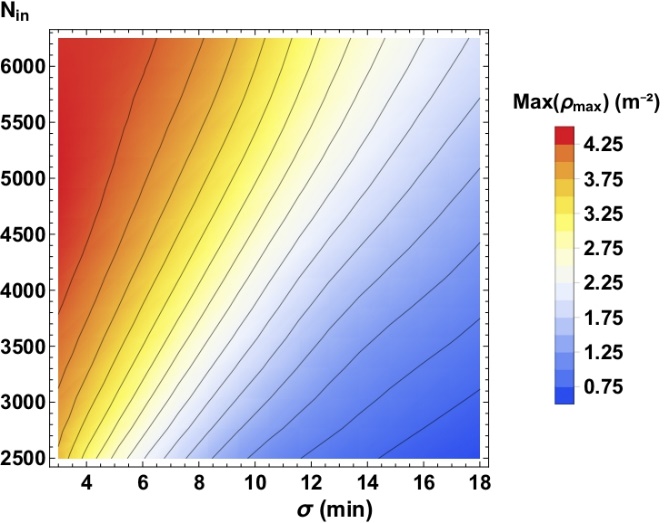
Fig. 6: Left: Empirical and numerical cumulative sum of fan access through turnstiles, and temporal evolution of maximum local pedestrian density. Right: Contour map of the maximum local pedestrian density as a function of the total number of attendees and the standard deviation of their arrival rate.
Virtual crowd-management
Fig. 8: Example of virtual crowd-management using pedestrian dynamics simulation
References
[1] A. García, D. Hernández-Delfin, D.-J. Lee, and M. Ellero (2023). Limited Visual Range in the Social Force Model: Effects on Macroscopic and Microscopic Dynamics, Physica A: Statistical Mechanics and Its Applications 612, 128461, doi
[2] D Hernandez-Delfin, A Garcıa, M Ellero (2024), Rheology of a crowd: from faster-is-slower to shear thickening, Communication Physics 7, 152. doi.
[3] M. Wyart and M. E. Cates (2014). Discontinuous shear thickening without inertia in dense non-brownian suspensions. Phys. Rev. Lett., 112, 098302.
[4] A García, D Hernández-Delfin, B González, G Garitaonaindia, DJ Lee, M Ellero (2024), Analysis of local density during football stadium access: Integrating pedestrian flow simulations and empirical data , Physica A: Statistical Mechanics and its Applications, 638, 129635. doi
